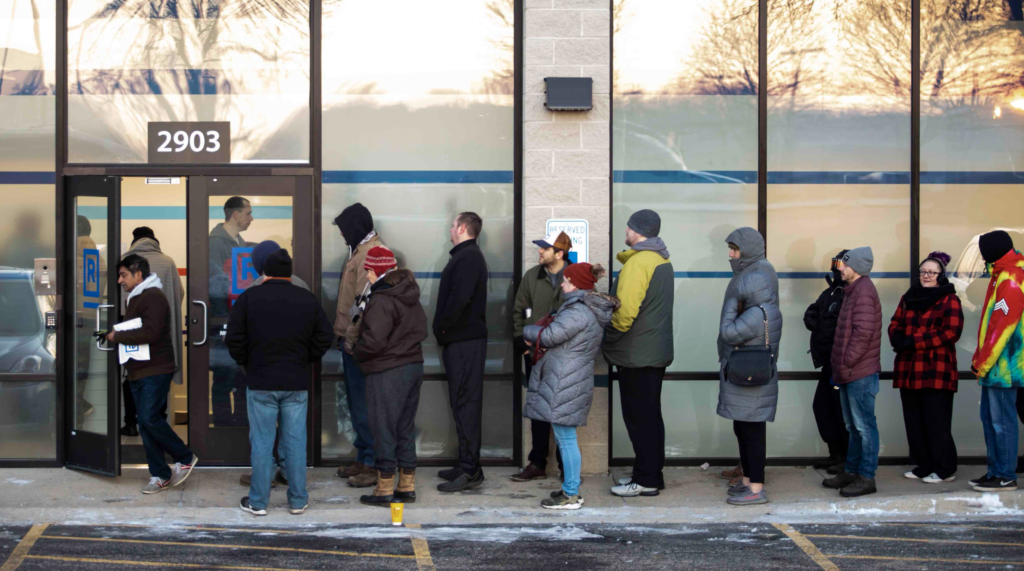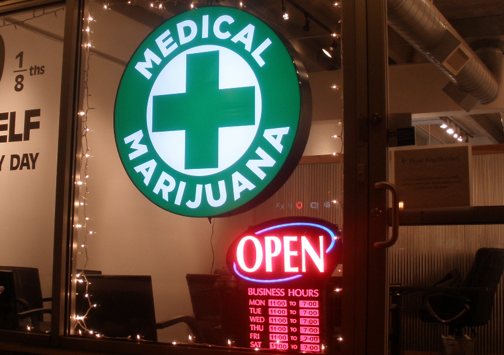Medical Marijuana Bill Passes in Illinois
01 Aug, 2013
Illinois became the 20th state in the nation to allow the medical use of marijuana Thursday, with Gov. Pat Quinn signing some of the nation’s toughest standards into law.
The measure, which takes effect Jan. 1, sets up a four-year pilot program for state-run dispensaries and 22 so-called cultivation centers, where the plants will be grown.
Quinn, a Chicago Democrat, focused his remarks on how medical marijuana will help seriously ill patients, including veterans, which have been a key focus during his time in office.
“It’s very important we do whatever we can to ease their pain,” Quinn said Thursday at a new medical facility at the University of Chicago. “It’s a very well-drafted bill.”
Under the measure, only patients with serious illnesses or diseases will be allowed to obtain medical marijuana. The bill lists more than 30 illnesses, such as cancer, muscular dystrophy and Lupus. The patients must have established relationships with a doctor and will be limited to 2.5 ounces every two weeks.
Currently, 19 other states and Washington, D.C., allow medical marijuana. New Hampshire Gov. Maggie Hassan signed a medical marijuana bill into law last week.
Illinois’ rules are among some of the strictest in the nation, according to Karen O’Keefe, director of state policies at the Marijuana Policy Project. The Washington-D.C. based legalization advocacy group tracks state laws and helps some craft bills.
Legalizing medical marijuana faced some opposition in Illinois, mainly from opponents who feared it would encourage drug use and authorities who feared it would complicate driving-under-the-influence tests. Some anti-crime groups also objected to the 2.5-ounce amount, which they said was too much.
Bill sponsor Rep. Lou Lang, dismissed the concerns, saying it would be difficult to obtain the drug for anyone who didn’t need it.
“This was for the patients,” Lang said Thursday. “This was for the state of health care … in Illinois.”
He has also said that the 2.5-ounce amount is to accommodate patients who ingest, not smoke, it, such as baked goods.
AP
Mentioned In This Post:
About the author
Related Posts
-

Rest In Peace RBG
-

Rest In Paradise Mr. Lewis
-

Teachers Say School is A No Go
-

Which of Epstein's Friends is Going Down First?
-

That Didn't Take Long
-

Illinois Loves To Get High!
-

WTF CHICAGO???
-

Another Day, Another School Shooting #ThisIsAmerica
-

In Chicago Politics >Children
-

Chicago Makes History *The Good Kind This Time!










